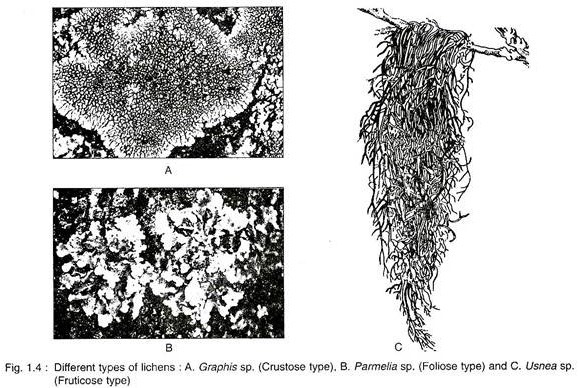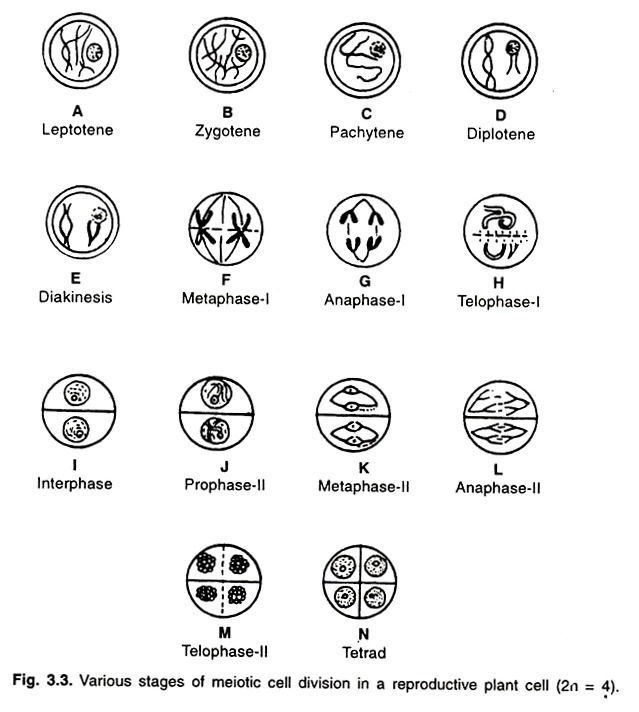In this article we will discuss about the double helix of DNA.
On the basis of the evidences available and a knowledge of interatomic distances and bond angles, Watson and Crick proceeded to construct molecular models of DNA. In 1953 they finally postulated a precise, three-dimensional, double helical model which could account for many of the observations on the chemical and physical properties of DNA (Fig. 14.1).
The model also suggested a mechanism by which the genetic material could be accurately replicated. In 1962 Watson, Crick and Wilkins were awarded Nobel Prize for this work. In genetic discussion, one strand of the double helix is conveniently referred to as Watson (W), the other strand as Crick (C).
The basic building blocks of DNA are shown in Fig. 14.2. The combination of a base and a sugar is called a nucleoside. The first carbon atom of the sugar is linked to the nitrogen in 9th position in a purine base, and to the first nitrogen in a pyrimidine. The phosphate ester of a nucleoside is called nucleotide.
The phosphoric acid (H3 PO4) forms an ester linkage with one of the free hydroxyl groups in the pentose sugar which is a deoxyribose. The polynucleotide chain is made up of nucleotide units held together by phosphate diester linkages.
One molecule of a phosphate joins two nucleoside units by forming an ester linkage with the hydroxyl on the 3′ carbon atom of one sugar molecule and another ester linkage with the 5′ hydroxyl of the sugar of the adjacent nucleotide. All this information was available in the 1940’s. However, the molecular arrangements of the component and the three- dimensional spatial geometry of DNA was not known.
Watson and Crick’s model consists of a double, right-handed helix in which polynucleotide chains are helically coiled about the same axis. The coiling of the two chains is such that they cannot be separated except by unwinding the coils; this is called plectonemic coiling.
The sugar units on adjacent nucleotides are linked by phosphate groups to form an outer sugar-phosphate backbone. The only OH groups available for ester linkages on the pentose sugar are those on the 3′ and 5′ carbon atoms. Thus each phosphate links the 3′-carbon atom on one sugar to the 5′-carbon on the sugar of the next nucleotide (Fig. 14.3).
The purine (adenine and guanine) and pyrimidine (thymine and cytosine) bases are turned inwards and linked by hydrogen bonds, each base on one chain being paired with a base on the other chain. Base pairing is specific so that adenine pairs with thymine and guanine with cytosine. Thus the two polynucleotide chains have complementary base sequences.
This means that if one chain has base sequence reading ACCGATC…, then the corresponding region of the complementary chain will have TGGCTAG…… Two hydrogen bonds form between adenine and thymine and three between guanine and cytosine. The bases are relatively hydrophobic molecules. Since DNA is normally in water solution, the long and flat base pairs remain turned on the inside of the double strand, leaving the sugar-phosphate backbone on the outside.
Base pairing also means that the phosphate sugar linkages run in opposite directions on the two chains. The phosphate sugar links go from a 3′-carbon to a 5′ carbon in one chain. In the complementary chain the phosphate-sugar linkages must go from a 5′-carbon to a 3′-carbon.
We say that one chain runs in 3′ to 5′ direction, the other chain in 5′ to 3′ direction. That is why the sugar molecules in one chain have the O position facing upwards, in the other chain ring O faces downwards. That is, the two chains are antiparallel.
Because of the opposite arrangement of the sugars in the two chains, and because the sugar binds to a position away from the centre of the base, the whole DNA molecule is constrained to coil or twist, forming a double helix. Each successive base pair in the stack turns 36° in the clockwise direction.
The double helix thus makes a complete turn of 360° after 10 base pairs. The diameter of the helix is 20 Å. The chain makes a complete turn every 34 Å. Since there are 10 nucleotides in each chain in every turn of the helix, the distance of a single nucleotide base is 3.4 Å.
The base pairs do not uniformly fill up the space between the backbone of one chain and the backbone of the other. The space below a base pair is filled more than the space around the top. Consequently an empty major groove is formed and an empty minor groove.
Because of the presence of numerous phosphate groups, the double helix is strongly acidic and carries a high density of negative charges. DNA is associated with cations and also with basic proteins which are considered to be present in the major and minor grooves.


